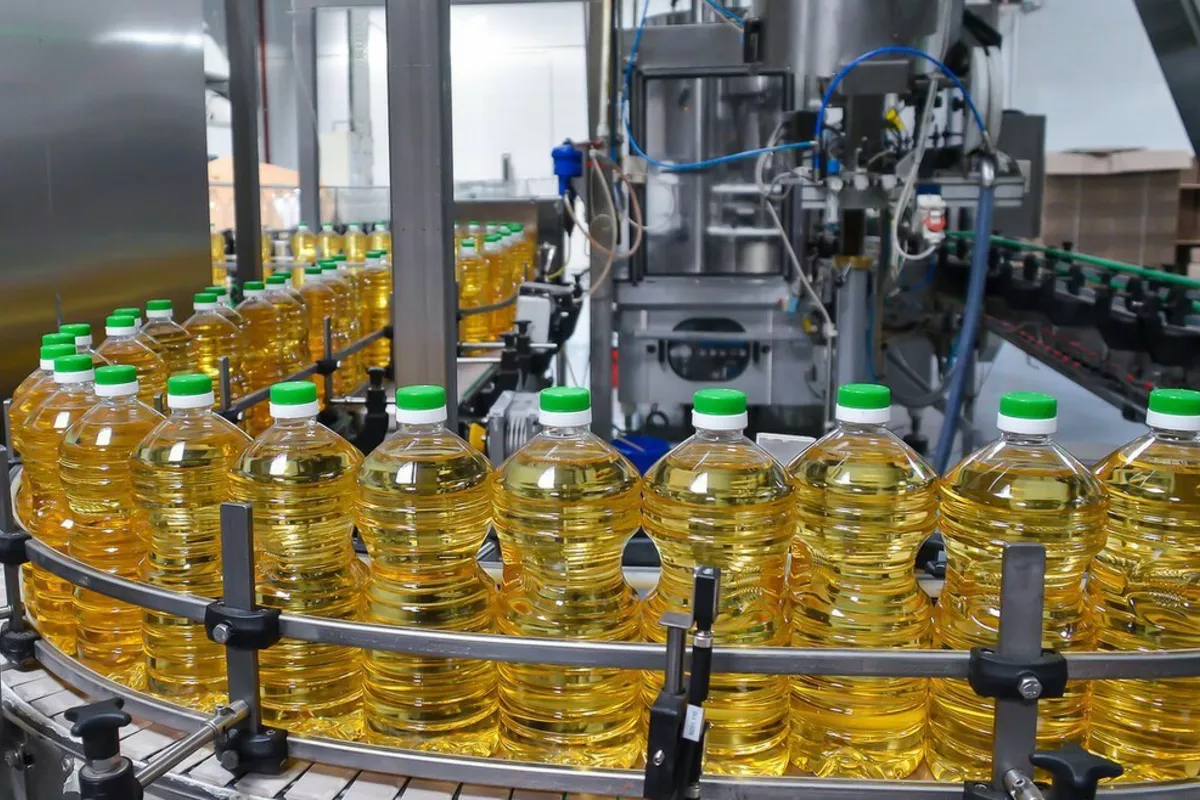
photo: Asia Plus
Tajikistan has boosted its imports of vegetable oil from Kazakhstan by 1.6 times in the first half of 2025 compared to the same period last year, reflecting the country’s continued reliance on foreign suppliers to meet rising domestic demand.
Between January and June 2025, Tajikistan imported approximately 47,400 tons of vegetable oil, valued at more than $35.5 million. Of this, 38,200 tons originated from Kazakhstan, reaffirming its position as Tajikistan’s primary oil supplier, The Caspian Post reports, citing Tajik media.
Sunflower oil remains the most heavily imported product. During the September-November 2024 period, sunflower oil imports reached 17,800 tons, exceeding previous years’ figures - 17,160 tons in 2023 and 12,070 tons in 2022.
In addition to sunflower oil, Tajikistan continues importing soybean and rapeseed oils. From January to May 2025, the country imported 2,700 tons of soybean oil - a 7.7 per cent year-on-year increase, and 2,300 tons of rapeseed oil from Kazakhstan.
According to the Ministry of Industry, Tajikistan spends $170-$180 million annually on vegetable oil imports, making it one of the most expensive agri-food imports in the country. Meanwhile, domestic production covers only 21 per cent of national demand. Although annual consumption exceeds 150,000 tons, local producers can only supply between 25,000 and 30,000 tons.
One of the main obstacles to expanding production is a shortage of raw materials. Producing 100,000 tons of oil would require roughly 833,000 tons of oilseeds. However, total domestic harvests of oilseed crops - including sunflower, rapeseed, safflower, and sesame - do not exceed 100,000 tons annually.
While the country has around 200,000 hectares dedicated to oilseed cultivation, current crop yields remain insufficient to meet internal needs. Realistically, available resources can produce no more than 25,000 tons of finished oil products.
Tajikistan is home to 72 oil-processing plants, though only a few - mainly in Dushanbe and Khujand - are equipped with modern technologies that meet international standards. The majority of facilities require urgent modernization to improve efficiency and quality.
Despite these challenges, officials remain cautiously optimistic. Government projections suggest that by 2026, imports could fall to 90,000 tons, while local production increases to 35,000 tons. By 2027, imports may decline to 85,000 tons, with 41,000 tons produced domestically. In 2028, the country aims to reduce imports to 80,000 tons and raise production to 49,000 tons.
Still, even under the most favorable outlook, more than half of Tajikistan’s vegetable oil supply is expected to come from foreign sources for the foreseeable future.
Share on social media